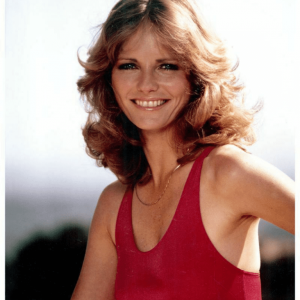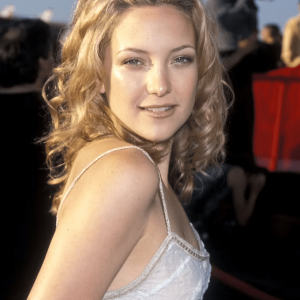Back in 1962, no one could’ve guessed that Dr. No would be the beginning of the most iconic spy franchise in film history. Directed by Terence Young, this unassuming British thriller introduced audiences to James Bond, a suave secret agent who would become a household name. With Sean Connery’s magnetic screen presence and a cocktail of action, charm, and espionage, the film laid the groundwork for decades of cinematic greatness. But behind the tuxedos and explosions, Dr. No had a fair share of secrets, surprises, and production quirks.
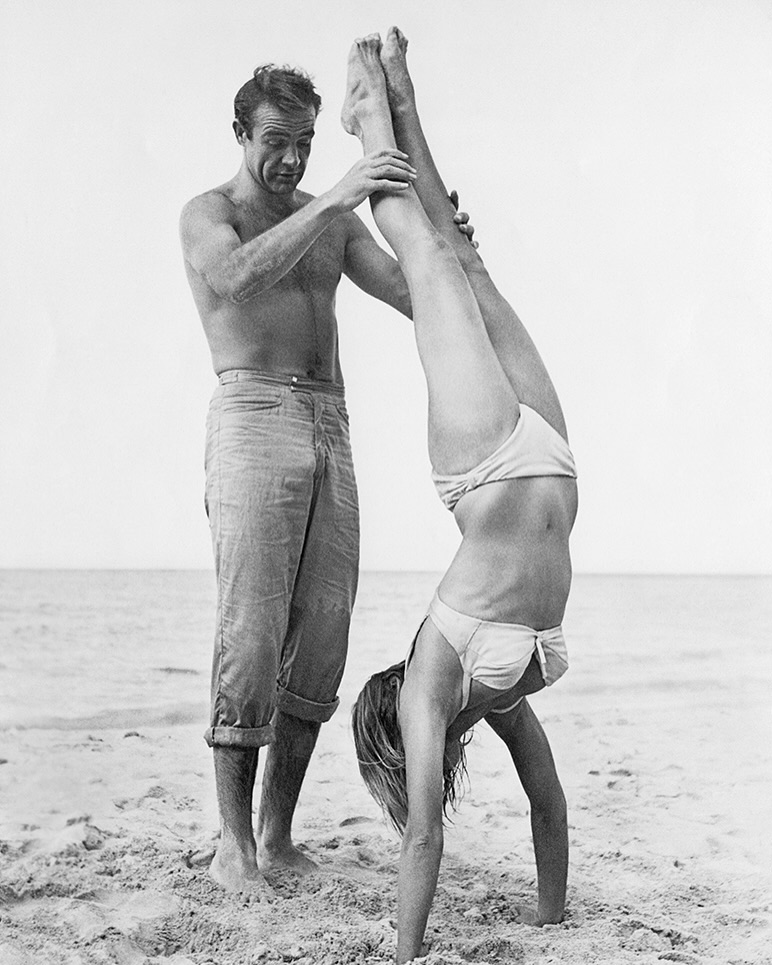
Cary Grant Was the Original 007 Hopeful
Before Connery became the face of Bond, producers courted Cary Grant. He had the sophistication, charm, and star power, but there was a hitch—he’d only commit to one film. Since the producers wanted someone for multiple installments, they passed. Grant’s salary demands also nearly matched the entire budget of Dr. No, making it a non-starter financially. Still, imagining him saying “Bond, James Bond” is fun, isn’t it?
Video: DR. NO Facts You Didn’t Know
Sean Connery Wasn’t Fleming’s First Choice
Ian Fleming, the creator of Bond, wasn’t thrilled when Sean Connery got the role. Connery was Scottish, rugged, and working-class—not at all the polished gentleman Fleming envisioned. But when Fleming saw the final cut, he was swayed. In fact, he was so impressed that he later wrote Scottish ancestry into Bond’s backstory in the novel On Her Majesty’s Secret Service. Talk about a change of heart!
Christopher Lee Could’ve Been Dr. No
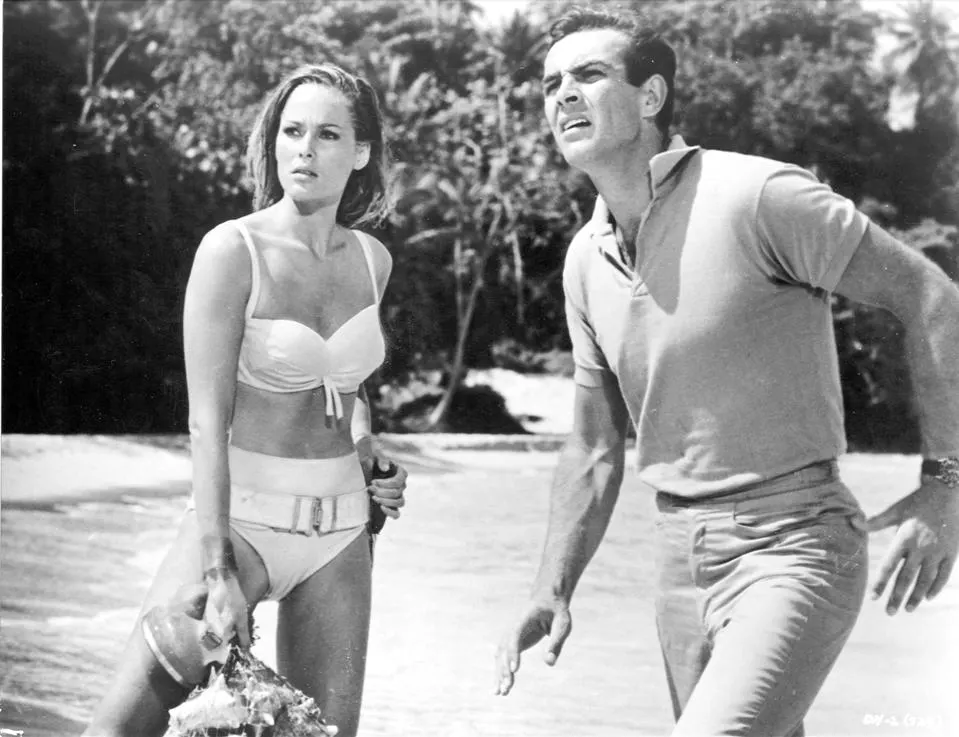
Here’s a wild one: Christopher Lee—yes, the future Saruman—was Fleming’s personal pick for Dr. No. It makes sense. Lee had the gravitas, the voice, and he was Fleming’s cousin! Unfortunately, that casting didn’t happen until later when Lee starred as Scaramanga in The Man with the Golden Gun. Instead, the role of Dr. No went to Joseph Wiseman, who brought a cold, menacing energy to the part.
A Last-Minute Role Swap Changed Everything
Eunice Gayson originally auditioned for Miss Moneypenny, while Lois Maxwell was tapped to play Sylvia Trench. Director Terence Young had other ideas. He felt Maxwell had more of the refined, no-nonsense tone needed for Moneypenny, and Gayson oozed sensuality better suited for Trench. The switch worked. Both actresses defined their roles and helped shape the early Bond cinematic universe.
The Iconic Line Was Improvised
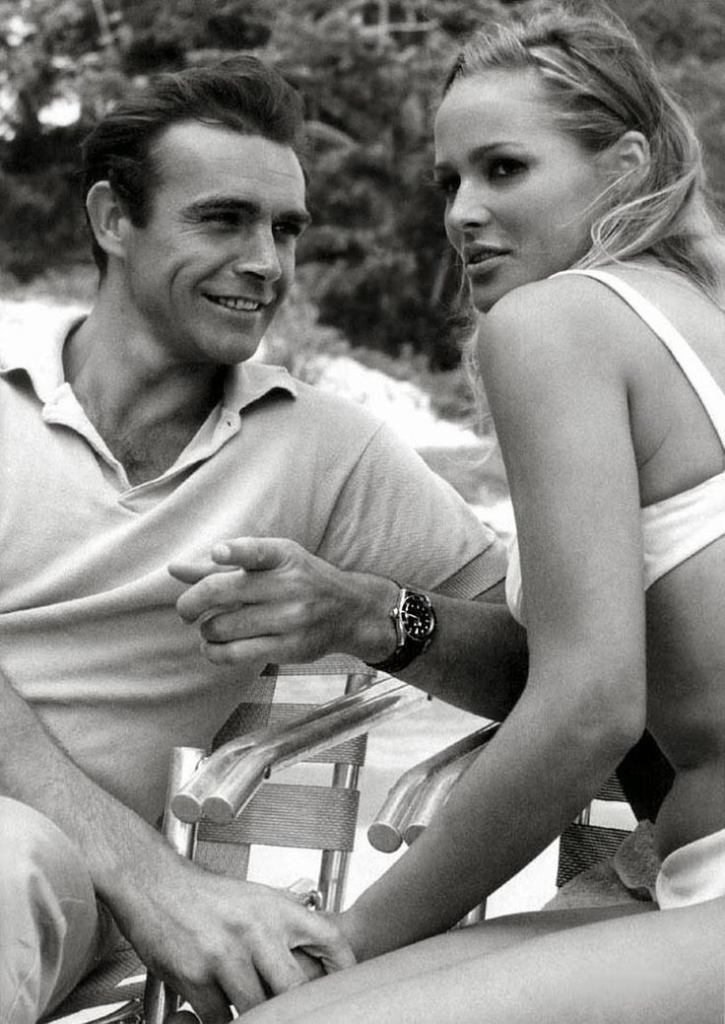
“Bond. James Bond.” You know the line—it’s etched into pop culture. But did you know it wasn’t in the original script? Connery was supposed to say, “I am James Bond,” but he found it flat. So he gave it flair. After a few dry takes, he added a pause, lit a cigarette, and delivered the line with unforgettable cool. A legend was born in that pause.
The Theme Music Wasn’t John Barry’s Creation
Most people credit composer John Barry with the famous Bond theme. But technically, it was Monty Norman who penned the original melody, taken from his song “Good Sign, Bad Sign.” Barry arranged and orchestrated it, giving it the bold brass and sleek jazz vibe we all recognize today. So while Barry perfected it, Norman laid the foundation.
Nudity Was Cut—But Almost Made It In
Video: DR. NO | Bond meets Honey
Fleming’s novel introduced Honey Ryder emerging naked from the sea. Naturally, censors weren’t having it. The filmmakers compromised by putting Ursula Andress in a white bikini, which instantly became iconic. Interestingly, another scene with Sylvia Trench was also toned down due to nudity concerns. Let’s just say early Bond films were already pushing boundaries.
The Bikini That Sparked a Fashion Craze
Speaking of that bikini—it sold at auction in 2001 for £35,000 (around £41,000 with fees). That single garment helped redefine beach fashion, boosting bikini sales globally. Andress, with her shell and dagger belt, became an instant sex symbol. To this day, the scene where she rises from the sea is considered one of cinema’s most unforgettable entrances.
Kubrick Loved the Sets
Stanley Kubrick, the visionary behind 2001: A Space Odyssey and Dr. Strangelove, was so impressed by Dr. No’s production design that he hired Ken Adam, the film’s set designer, to work on Dr. Strangelove. Ken’s War Room set remains one of the most striking and talked-about designs in movie history. If Bond hadn’t launched him, Kubrick might never have noticed.
Romance on Set: Connery and Andress

Sean Connery and Ursula Andress had a brief affair during filming. It reportedly began when producer Albert R. Broccoli cast Andress after seeing a photo of her in a wet T-shirt contest. The romance was short-lived, ending when Connery’s wife became pregnant. Still, Connery later became godfather to Andress’s son. Life imitates Bond, sometimes.
Conclusion: The Secrets Behind Bond’s Debut Still Dazzle
Dr. No wasn’t just a spy flick—it was the birth of a pop culture giant. With its mix of suave espionage, tropical danger, and groundbreaking style, it gave us the Bond formula we still enjoy today. And behind the scenes? Even juicier. From casting drama to theme music secrets, affairs, and censored scenes, it’s a movie that keeps giving fans more to discover. So next time you rewatch it, remember—you’re not just watching a film. You’re watching history in the making.
